Basic Blog Design Elements You Should Consider
There was a time when blogging was nothing more than a platform for people to share their thoughts, feelings, and opinions on matters that are close to their heart. Look at blog design elements today and how important it has become for individuals and businesses alike, and you will see how far it has come since its advent in the 1990s.
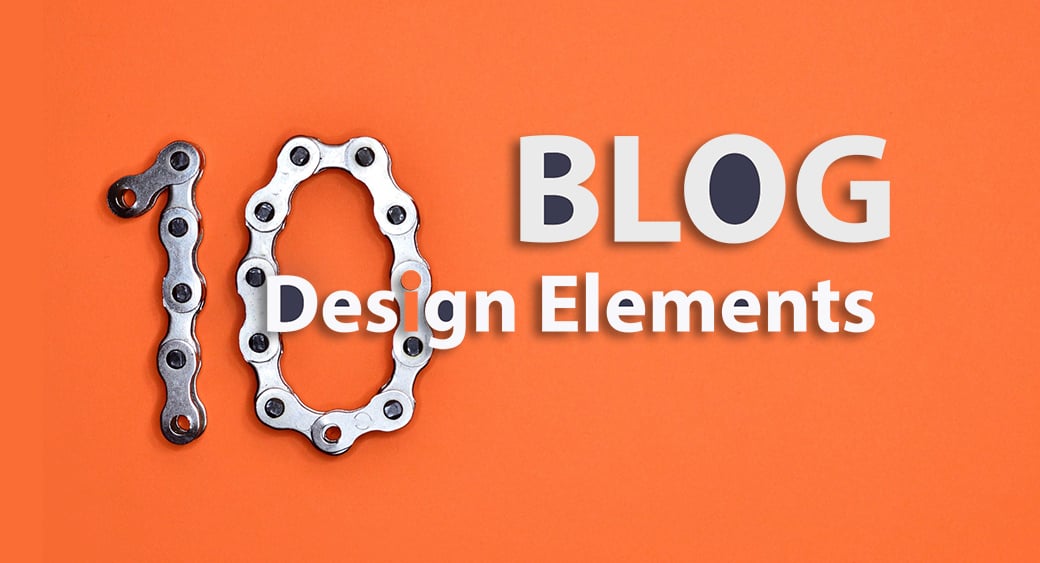
Most websites today have their own blog and for good reason. Blogs allow individuals and businesses behind them to engage their audience, among other things. Blogs can also help drive traffic to their websites and boost their SEO. If they make all the right moves and know how to create a blog website, bloggers can position themselves as a leader in their specific industries.
A good blog page design is crucial to the success of a blog. Whether you have an intricately-designed blog or an incredibly minimalistic one, there are certain blog design elements that you should consider to attract the biggest number of views possible.
Commenting System
Sure, the comments section has been abused by spammers over the years and prompted not a few bloggers to turn comments off completely. However, you cannot deny the fact that the comments section is crucial to the whole idea of engaging your readers. With comments as part of your professional blog design, you get to connect not only with old readers but new ones as well.

If you’re worried about spam, you can always have special plugins installed on your blog to do away with most of them. You can also moderate comments before they get published, so you can always just delete comments that are offensive to you and your readers.
Search Bar
In a world where everyone always seems to be in a hurry, a search bar provides visitors a most convenient way of digging for content within your blog. Put it on the right side of the header as part of your blog page design and make things even easier for your audience.
Scrolling Social Buttons
We are in the age of social media, and it’s only right for your blog to have social media buttons. So far, scrolling social buttons have proven to be quite an effective blog design elements in bringing in social traffic.
However, remember to limit the networks in your scrolling social plugin to three because putting in more than that could affect your social traffic.
Bigger Fonts
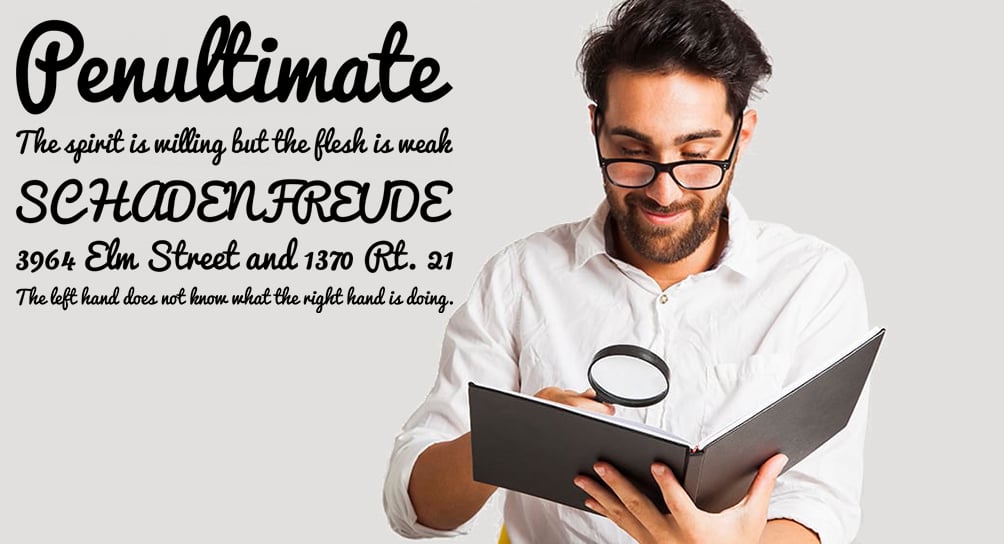
Blog content is meant to be read and digested, but your readers will have a hard time doing either if you’re using very small font sizes. Fonts are important blog design elements that you have to put more thought into. Instead of settling for a font size of 8 to 9, try an 11-point font size or something larger bold typography. Of course, this would work best if you’re using Arial or Times New Roman for your content. Use fonts types that are harder to read, and using larger fonts won’t be of much help.
Logo for Your Blog
Of all the blog design elements, nothing announces your identity better than a logo design. A blog with a logo makes it easier to establish its identity. And when your blog has a memorable, attention-grabbing, and professionally-designed logo, you can be sure that your blog will stand out from the rest, and your brand easily recalled.
Related Posts
So someone accessed your blog and read one of your more popular posts. Would you want them to stay on and keep reading? Then a related posts area at the bottom of every single post would be a nice touch. By incorporating blog design elements like related posts, your visitors will see that you have written a good blog more about a particular topic, and if they liked what they read before it, they would most likely click on the links and spend more time on your blog.
Sidebar Blog Design Elements
Sidebars are incredibly useful blog design elements for featuring other things such as other articles you’ve written or things about yourself.

Ideally, we recommend that the main content of your blog should be on the left side and your sidebar on the right. The sidebar should occupy only about 40% of your blog page design. You wouldn’t want it to overshadow your main content.
Your Bio
A blog with useful and relevant content is great. A blog with such content and information on who’s behind it will help the blogger build a much more solid bond with readers.
Your blog may be corporate or personal, but neither changes the fact that you need to establish a more personal connection with your audience. A bio is one of the top blog design elements you can incorporate to achieve that purpose. If you feel like sharing more information about yourself, link that short bio within your sidebar to a full bio. If the blog is corporate, the bio of its founders or the team that manages the blog will do. To provide an example from the design niche, look at Bogdan Sandu’s bio on the articles from Design Your Way. The author bio shows a short snippet about the author, while the about page shows all the nitty gritty details you’d like to find on an About page.
RSS and E-mail Subscription
If your blog’s content is awesome, they will want to read more of you. To help them not miss every single update, you can include an RSS feed and e-mail subscription buttons in your blog. For a more professional blog design, put those buttons in the sidebar, the header, the footer, or in each post to make them visible and easy to find.
Mobile Responsiveness
Being responsive is one of the blog design elements that no blogger should ever miss, especially when Google ranks pages based on their mobile version.

Professional blog design dictates that your blog must display well on mobile devices. After all, there are now more mobile users than desktop users, and they will likely be reading their favorite blogs on their smartphones and tablets.
The above are just some tips on how to design a blog nowadays. There are many other blog design secrets that you can consider for your blog, but the ones we have listed are some of the more basic ones that should help you get started.
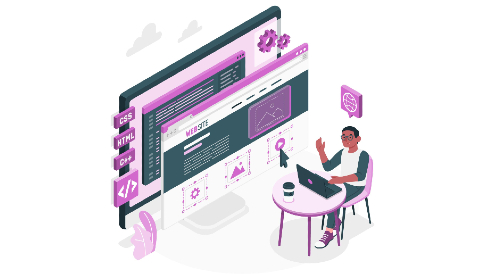
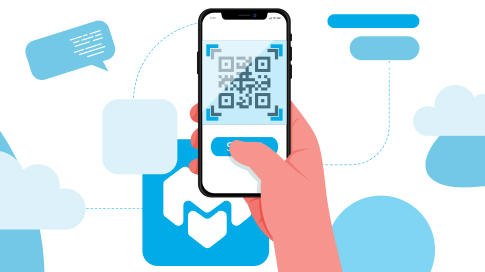
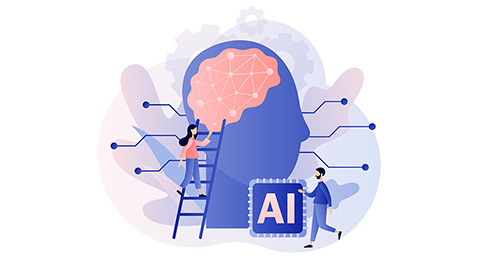
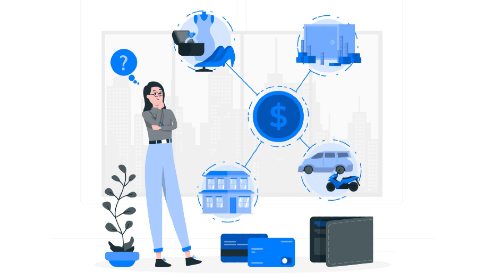
Leave a Reply